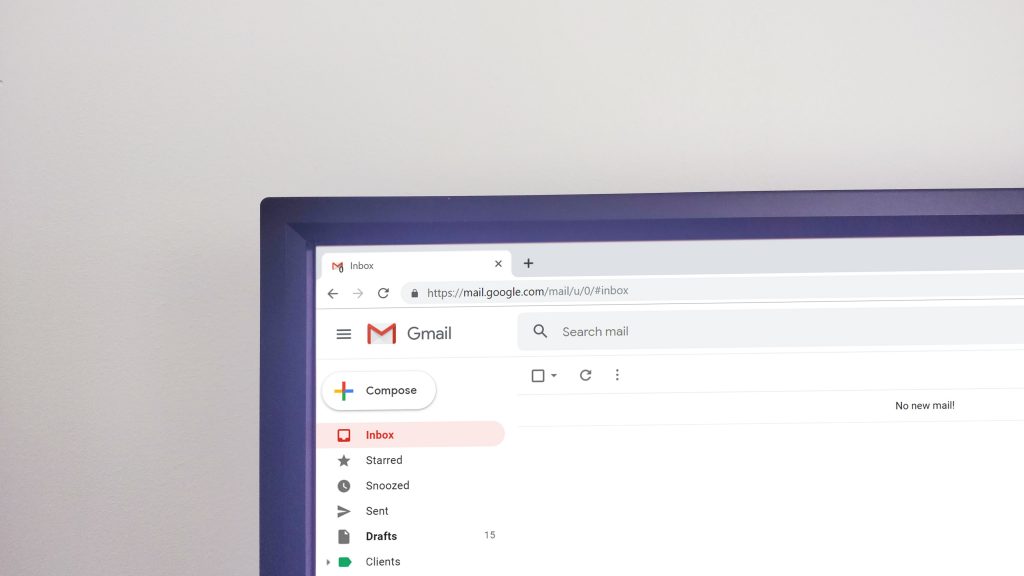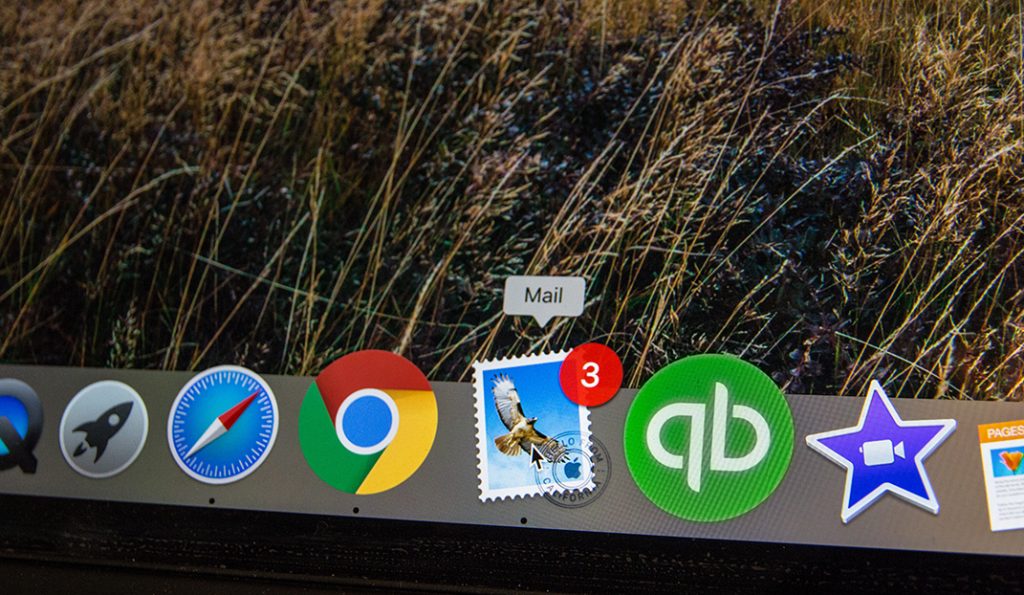Per My Last Email
Published on October 18, 2019, at 12:30 p.m.
by Ally Denton.
It seems that everyone is glued to their devices — and public relations professionals are no exception. While it is vital for PR practitioners to work efficiently, we must remember to communicate professionally and effectively. Email etiquette is a necessary asset in any professional’s toolkit. By implementing the five tips below, your email skills are sure to impress anyone.
URGENT — or is it?
Your “urgent” message is most likely competing with others in a cluttered inbox. When you use a clear, relevant subject line, the recipient immediately knows what your email is about. This is important for two reasons — organization and efficiency. Inboxes immediately become easier to navigate when emails have straightforward subject lines. In addition, a definitive subject line increases efficiency by allowing recipients to react in a timely manner to projects or problems.

To whom it may concern…
Begin your email with a professional greeting and the receiving party’s name. It is imperative to personalize this section, if possible. Taking the time to directly address recipients engenders a positive attitude toward your message — therefore increasing their likelihood to respond.
Hope this email finds you well.
You have probably had many emails “find you well,” as this is a popular nicety amongst many professionals. Although this example is overused, it is beneficial to add some warmth to your email. Endless emails can start to seem transactional and monotonous. Adding in a quick “Hope you enjoyed your weekend!” or “Heard your recent presentation went well. Great job!” can brighten up your message. This small addition shows that you value the recipient’s time and cooperation.
Time to talk business.
Greetings and niceties aside … it’s time to tackle the point of the email. The body of your email should address the subject in a concise and effective manner. Always include pertinent information about the project or problem at hand to ensure everyone is on the same page. In addition, explicitly state the desired outcome and any questions regarding the issue.
After writing the bulk of your email, it is vital to reread the content to confirm it covers all the necessary aspects of the subject. At this stage, you should proofread for grammar (and probably delete some of your many exclamation points) and correct any spelling mistakes.

Finally, check the tone of your email. Maintaining a professional and cordial tone is essential and directly affects the recipient’s attitude. Although it might be tempting to add in a snippy “per my last email” or “as stated below,” it only delays progress and cultivates negative energy.
Looking forward to hearing from you soon.
You wouldn’t end a conversation without saying goodbye, so don’t hit send on your email just yet. After your immaculately written email is complete, it’s time to craft your closing. Make sure to use an appropriate sign off but feel free to mix it up! “Great working with you” and “thank you for your help” are great variations to the classic “best” to end your email on an amiable note.
These five tips will add finesse to your email communication ensuring that you are always professional, polite and productive.




